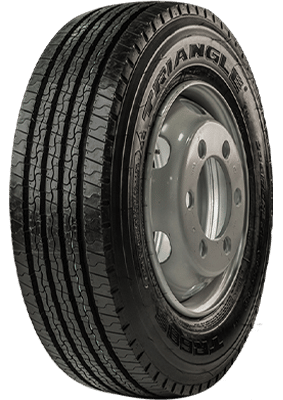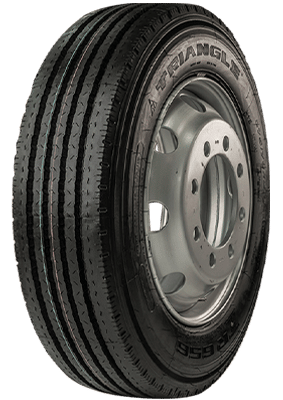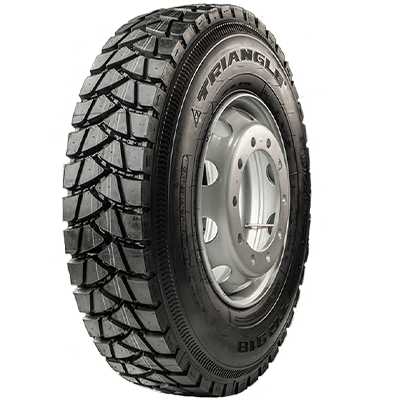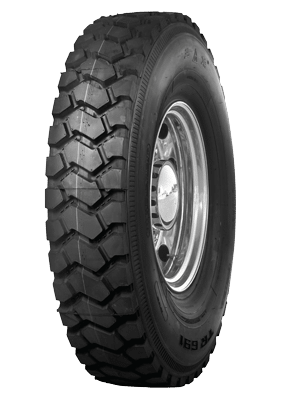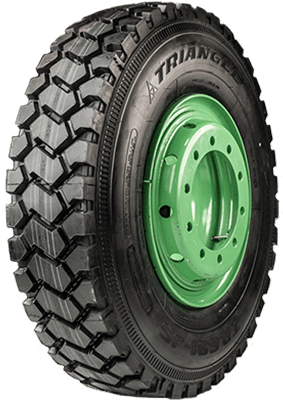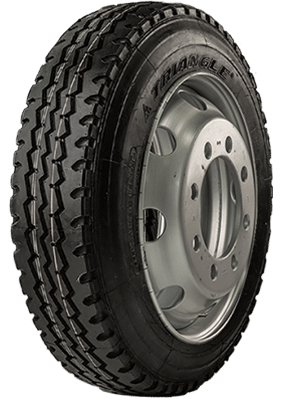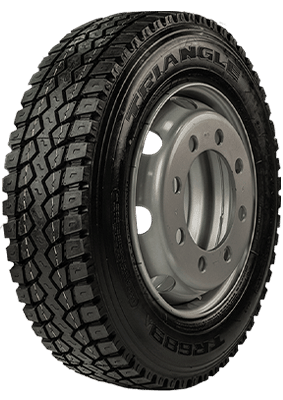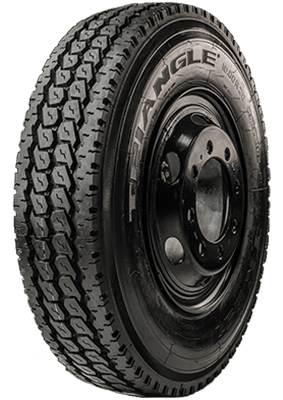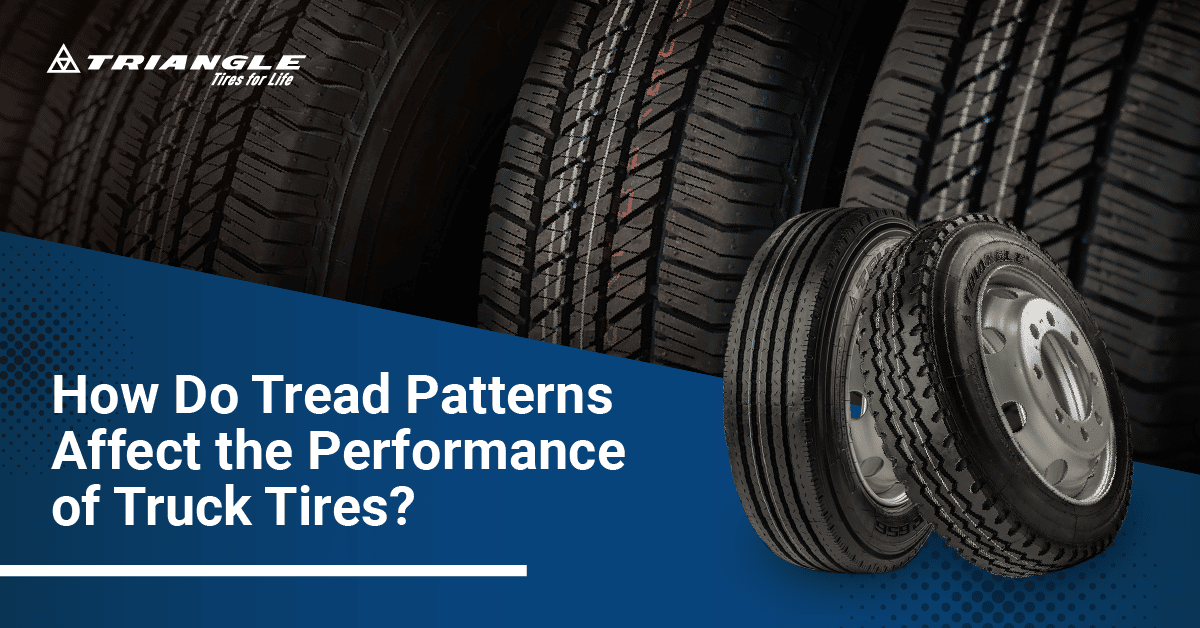
When you see a vehicle on the road, you’ll likely notice the overall appearance and other noticeable external features first, such as the color and brand of the car.
Unless you’re a car enthusiast, you probably won’t pay much attention to the tires. But tires are the only car parts that connect with the road, which means tread patterns can affect the performance and handling of your vehicle, especially for trucks and heavy conveyance.
In general, tread patterns can improve truck tire performance or increase the wear and tear on your tires. Let’s take a closer look at why tread patterns are essential and how to choose the right one for your trucks.
Why Tire Tread Patterns Matter for Trucks and Heavy Vehicles
Tread patterns impact different aspects of a vehicle’s overall function. These patterns serve specific purposes, too. For instance, some tire treads are ideal for off-road or rocky grounds, while others are more suitable for rainy weather or wet roads. Generally, tire treads are responsible for giving your tires their gripping power or traction.
Tire treads support a vehicle’s braking ability, providing a safer drive. They also help with higher cornering power and smoother accelerations. Choosing quality tires with the correct tread pattern leads to benefits like:
- Longer tire lifespan
- Improved handling and traction
- Comfortable maneuvering
- Fuel economy
6 Elements of Tire Treads
1. Ribs
These are the contact bars or elevated parts surrounding tire tread patterns. They are also known as transverse voids. Since the ribs run parallel to the direction of the tires’ roll, they help reduce rolling resistance, leading to improved fuel economy.
2. Tread blocks
Like ribs, tread blocks are the raised rubber portions of a tire’s surface. They have direct contact with the ground and are responsible for good traction. The more raised blocks a tire has, the better gripping power. Also referred to as lugs, these are especially helpful for off-road drivers.
3. Grooves
The hollow parts that run laterally and circumferentially around the tires are called grooves. Their shapes and sizes produce patterns that improve a vehicle’s handling and braking. They also affect the rolling noise level. Grooves are essential for vehicles traveling on wet roads because they let water drain from the tire’s base and prevent hydroplaning.
4. Sipes
Another tire tread component helpful on slippery surfaces is sipes. These are the small, thin spaces found in tread blocks. They enhance the tire’s grip on wet fields and snowy or icy grounds, helping avoid aquaplaning. Sipes also work well in muddy and sandy terrains.
5. Shoulders
As one of the thickest portions of the tire, the shoulders provide protection and support to the sidewall and tire treads. They are found on the edge or side of the tires, and their primary purpose is to help with easier and smoother maneuvering.
Shoulders come in two shapes: square and rounded. Square-shaped ones dig less on the ground, while the latter leaves some rutting.
6. Voids
Besides helping resist hydroplaning, voids contribute to a tire’s flexibility. They allow the tire to bend and adjust, increasing its grip power. Voids are the tires’ gaps that help adapt to varying road conditions and are particularly useful in clearing snow and water from under the tire during winter or the rainy season.
6 Truck Tire Tread Patterns and How They Affect Performance
Tread patterns are not just for show—each groove and dimple is purposefully designed to help a vehicle “tread” different terrains and road conditions more efficiently. When it comes to trucks, choosing the correct tread pattern is even more critical as trucks cater to heavier workloads and more demanding drives.
Here are six common tread patterns for trucks, including our sample tires that incorporate these patterns into their design.
1. Rib tread
Tires with ribbed patterns have parallel, S-shaped gaps running along the axis. They are the smoothest compared to other truck tire tread patterns and deliver the best gripping power on dry ground. However, this pattern does not do well in draining water, making it the least priority for wet surfaces.
Rib tread tires are common in commercial trucks for highway use and can withstand heavy cargo. They are the best in tread resistance and tire noise reduction. This pattern also has low heat build-up, making tires with rib treads durable for high speed.
2. Lug tread
The lug tread presents a lateral-flowing tread design with perpendicular grooves. This pattern has high rolling resistance and perfect grip and power, even on surfaces with tarmac. As such, lug tread tires offer the most traction during acceleration and under braking.
Lug tread patterns can endure dirt roads and construction sites and are most useful for heavy vehicles with drive axles. One of the remarkable features of the lug tire tread pattern is its high resistance to punctures and cuts.
3. Rib-lug tread
Ribbed and lugged shapes are combined to create the rib-lug tread. This combination produces a design that caters to the two patterns’ traction power. It boosts stopping power and acceleration and offers excellent high-speed stability and steering control. The rib-lug tread works best on dirt roads and paved surfaces.
As for off-road areas, vehicles with this pattern do not deliver well since they can only tolerate mid to low speeds. Plus, noise may be an issue because this truck tire tread pattern usually does not provide a quiet ride.
4. Directional tread
A directional tread pattern consists of lateral grooves meeting at the center of the tire tread to displace water more efficiently. They provide efficient braking and perfect traction, making them suitable for fast drives. This pattern is ideal for racing and other high-speed vehicles where the tires need to roll in one direction or rotate from front to back.
This type of tread can also endure rainy weather and wet roads. However, the unidirectional pattern requires the proper orientation during installation.
5. Asymmetric tread
Asymmetric treads are patterns that vary per side. This design allows for better water dispersal so the tires can endure wet surfaces. Asymmetric tread tires are typically used for aggressive driving, such as in motorsports. They have the edge in cornering and turning while maintaining stability and bearing with high speeds.
As with directional treads, asymmetric treads must be positioned and installed a particular way.
6. Block tread
This tire tread pattern has independent blocks spaced apart by interconnected grooves. These grooves prevent hydroplaning. Although block tread can be used for any season, it is highly ideal for wet and snowy grounds. This pattern is also hailed for excellent steering and stability. The downside to this tread pattern is its low durability.
Picking the Perfect Pattern
Choosing the correct truck tire tread pattern is the key to maximizing benefits such as improving tire performance and fuel efficiency. If you are looking for quality tires, Triangle Tires can help. We have a wide array of tires—from passenger cars and light trucks to heavy equipment vehicles—available for delivery at an affordable price. Browse our tire catalog, or contact us to learn how we can help you.
